In early 2024, Jensen Huang, CEO of tech giant NVIDIA, raised the question, “Is coding dead?” From the inception of computer science to the recent advances in artificial intelligence, coding always tries to solve problems using structured steps. As technology advances every day, a new coding manner will eventually appear, that will reshape the coding practices for the upcoming years.
Is Coding Dead? The Impact of Generative AI
Is Coding Dead? The Impact of Generative AI

Viso Suite
Viso Suite is the all-in-one computer vision platform for enterprise teams to rapidly implement real-world, customizable solutions. Explore how you can solve operational challenges with Viso Suite.
A Brief History of Coding
The first computers were developed in the middle of the twentieth century. They were a combination of mechanical or electromechanical components. Programming them was performing mechanical reconfiguration of their hardware. In the next decades, it improved with giant steps.
Assembler Coding: The Birth of Programming
The first real programming method (1950s) enabled the transfer of data for processing and also program code from input devices. Initially, programming was done by directly entering machine language. Machine language is a set of instructions that correspond to the operations performed by the computer’s central processor. The instructions are numerous, usually binary, and each instruction is equivalent to one processor operation and represents a specific task.
Assembly languages, also known as second-generation programming languages, are languages based on machine code but adapted to humans. Assembly commands have a one-to-one correspondence with machine language commands. But instead of numerical, or binary, representations for each command, assembly languages use letter names that are easier to remember and interpret. This makes programming and debugging much easier.
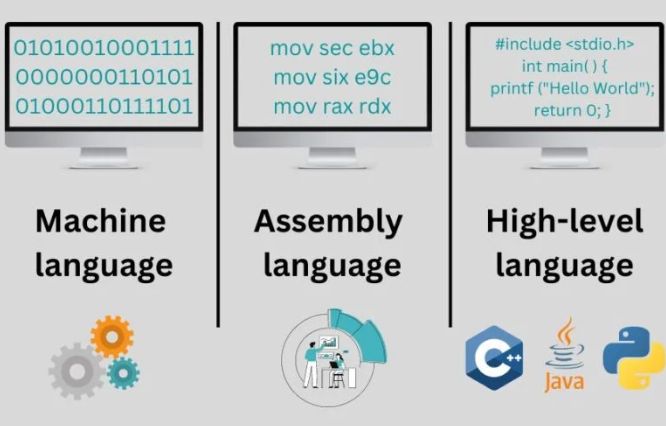
Engineers utilize assembly languages successfully for years. However, they retain the main drawback of their predecessors. Namely, like the machine code they correspond to, they are strictly tied to the architecture of the machine they were designed for. Assembly or machine code written for one architecture cannot be executed on a different machine.
Structured Programming: Organizing Code for Efficiency
Programming languages of third generation, also known as high-level programming languages, first appeared in the late 1950s. High-level programming languages’ primary feature is their hardware independence. There is no connection between these languages and any particular processor or system architecture.
They use English-based statements that don’t directly translate to machine code. To convert them into machine code, they instead use interpreters, compilers, or auxiliary tools. With this method, programs written in them can be compiled and executed on any architecture that has an interpreter.
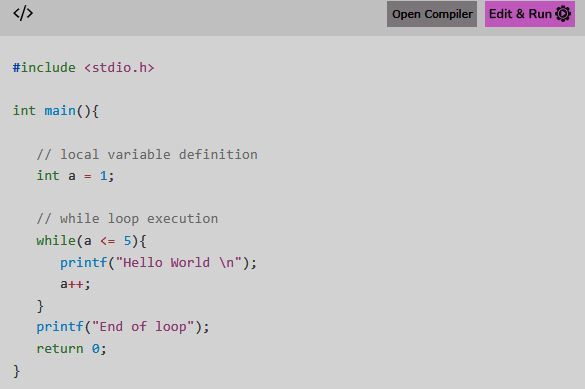
The Unix operating system’s designers created the C programming language. This operating system was originally built in assembly language, but it was entirely reimplemented in C in 1972.
Combining the ease of use of high-level languages with the efficiency of assembly code, the C language is a procedural structured compiler-type programming language. Microcontrollers, desktop computers, and supercomputers are just a few of the many platforms that use the C programming language and its variations.
Object-Oriented Coding: Encapsulation and Reusability
The programming methodology known as object-oriented coding arose in the late 1970s. Objects (classes) are structures that contain data in the form of attributes, and use methods and procedures for calculation and communication. Programs are developed using objects that interact with one another, and the primary characteristic of objects is that each one has a distinct state.
In 1960, a Simula programming language update introduced the formal idea of objects. Atoms, which resembled objects, first appeared in the LISP programming language at the same time. Many object-oriented languages emerged in the years that followed – C++, Java, Python, C# are the most crucial.
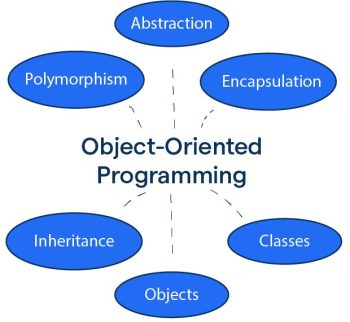
Combining the C language with an object-oriented paradigm, C++ is a compiler-type universal imperative programming language. Originally created with a focus on systems programming, it maintains C language characteristics like direct memory addressing. It is also appropriate for applications like multimedia and embedded systems where execution performance is crucial.
The main characteristic of Java (1995), a concurrent object-oriented language, is that its code runs on a dedicated virtual machine. This implies that every computer that supports Java can utilize the same executable file, eliminating the need to generate the code separately for different architectures.
Fourth and Fifth Generation of Coding Languages
Fourth-generation languages appeared concurrently with third-generation language development in the 1970s. Among other characteristics, they always have a particular purpose. Fourth-generation programming languages typically involve database administration and employ a graphical user interface to facilitate user tasks. They are non-procedural and can process vast volumes of data without concentrating on individual bytes.
Data processing languages like SAS and SPSS include so-called codeless languages, where programmers utilize a graphical user interface and predefined tables of possible operations, as well as languages for creating reports and working with databases.
The fundamental idea behind the 5th generation of coding is that the programmer establishes parameters for the program, which uses these to solve a problem, rather than solving a problem itself. The purpose of this is to allow the programmer to focus entirely on identifying the problem, rather than worrying about implementation specifics, particularly the implementation of routine algorithms.
Nvidia CEO: Coding is Dead
During a February 2024 meeting in Dubai, NVIDIA CEO Jensen Huang declared that we might be facing the end of coding as a profession.
The CEO exposed these claims because of the quick development and rise of AI. Huang went on to say that anyone hoping to pursue a career in technology should not prioritize learning programming.

Huang could have a point. Using ChatGPT and Microsoft Copilot, several users have made big steps in the last few months, such as creating software in less than seven minutes and producing free Windows keys.
Furthermore, AI bots can create statements in multiple programming languages, which means we could use these tools to create flawless code. According to Huang, there may even come a time when we can code in our mother tongue.
Huang claimed: “It is our job to create computing technology such that nobody has to program. And that the programming language is human, everybody in the world is now a programmer. This is the miracle of artificial intelligence.” So, is coding dead?
How Generative AI Influenced the Coding Practices
With an AI code builder, deep learning can train AI models on massive code samples from different programming languages. Deep learning mimics human learning processes by allowing computers to process data by finding patterns, making connections, and drawing conclusions.
Numerous lines of code that are pertinent to your situation can be produced by the contemporary AI code builder. Coders have benefited greatly from generative AI coding tools, even though they are still in their early stages of development.
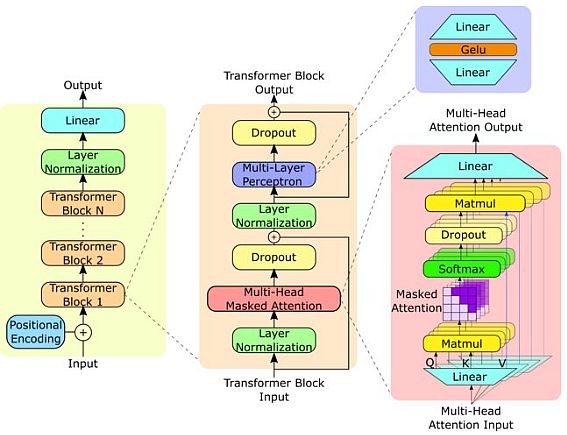
According to a GitHub study, developers who used Copilot achieved a large improvement in coding speed when compared to those who did not. The advantages of increased production went beyond only speed. Around 75% of engineers said they were able to focus on more fulfilling work and felt less annoyed during coding sessions.
Certain generative AI coding tools possess remarkable skills in identifying and completing patterns. Using natural language prompts, developers can use these tools to generate thorough unit, functional, and even security tests. Certain tools also offer security vulnerability filtering, which alerts programmers when they inadvertently create a vulnerability in their code.
Limitations of GAI
There is no doubt – generative AI has a big impact on programming practices. However, this AI technology also brings several issues that need to be carefully considered:
- Prepare employees to use generative AI coding tools. The level of acceptance of a technology contributes to its success. Today there is hype for AI code-building tools (e.g. Copilot), but their application is limited to particular scenarios. Software companies should make a significant effort to train staff members to properly utilize generative AI platforms – to adopt them and improve their processes.
- No guarantee on the accuracy of output produced: The generative AI algorithms are trained by creators in specific domains and on a chosen dataset. That could restrict their capacity to produce code outside of those domains. Developers must recognize the limitations of this technology and choose strategies that incorporate manual check of every output – to ensure proper utilization.
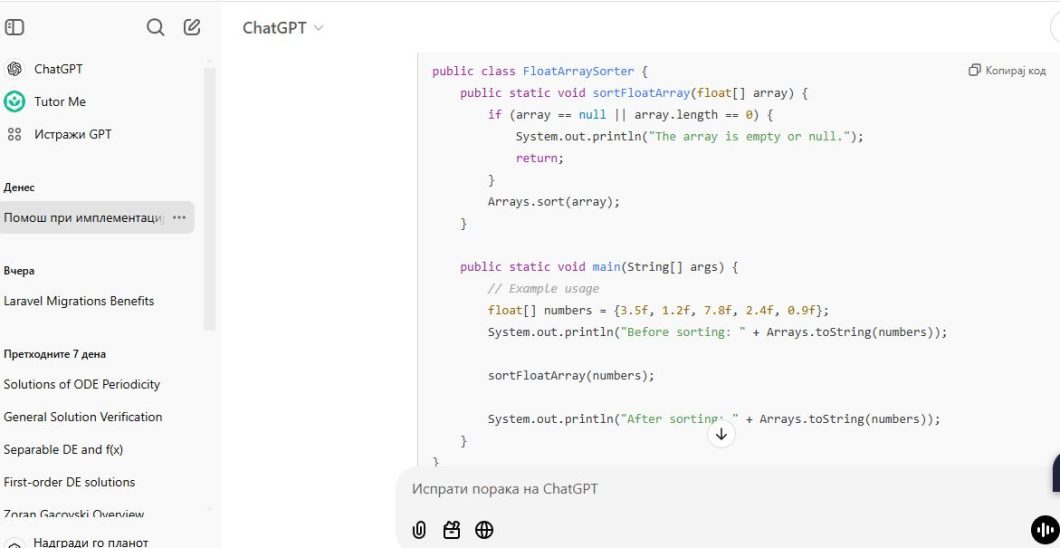
Opponents: Software Development is not Dead
Similar allegations of obsolete coding have been made in the past, with appearance software generators and CASE tools. Today, however, is different.
Programmers can write simple JavaScript programs and Python functions with the aid of ChatGPT and Copilot. Debugging is nearly extinct among programmers. AI tools can efficiently debug multiple languages.
Every time GitHub Copilot guesses what coders need and want, it surprises them. They are also becoming more intelligent.
Perhaps in ten or fifteen years, programmers will handle the majority of their work with sophisticated processors, whether Google, NVIDIA, or China make them.
However, programmers claim that coding is not dead. Programming is mostly about addressing problems; it’s not only about writing code. The field will change in the same way that it has over the past 60 years: from card systems to tape systems, from COBOL and Fortran to Python and JavaScript. This development will go on, embracing opportunities and adjusting to new technologies.

Additionally, programmers’ professional interests are changing as well. Rather, they must now integrate their expertise in coding, AI, and machine learning with the ability to collaborate with AI systems to create new things and effectively tackle difficult problems. This entails a shift in mindset from the strictly algorithmic, logical approach to programming toward a more imaginative, exploratory approach.
Bottom Line – Is Coding Dead?
The generative AI could redefine the role of the programmer in today’s dynamic environment. Moreover, there are claims that programming in the future will focus less on manual coding and more on defining goals and applying AI to achieve them. This process has advantages and drawbacks, so developers must adopt new tools, approaches, and solutions while also keeping their creative thinking.
However, because generative artificial intelligence enables efficient coding, its impact on programming can extend to previously unsolvable tasks. Programming will no longer include creating code by hand; rather, it will apply AI tools and optimize them to creatively solve issues.
Thus, training in data structures and algorithms is still crucial for preparing the next generation of programmers. In addition to writing code, these individuals will use AI to extend their creativity and form the foundation of the digital world.
FAQs
In the 1960s, the coding was hardware-oriented, in assembly language. In the upcoming decades, it evolved into structured, object-oriented, and visual programming.
In February 2024, Nvidia CEO Jensen Huang claimed that coding is dead, due to the quick development and uptake of generative AI.
Developers claimed there will always be programmers. Programming is mostly about addressing problems; it’s not only about writing code. The field will change in the same way that it has over the past 60 years.
Generative artificial intelligence enables creative programming as well as efficient coding, and its impact on programming extends beyond this. It aids in exposing previously unattainable solutions, hence the software’s reach is unbounded.